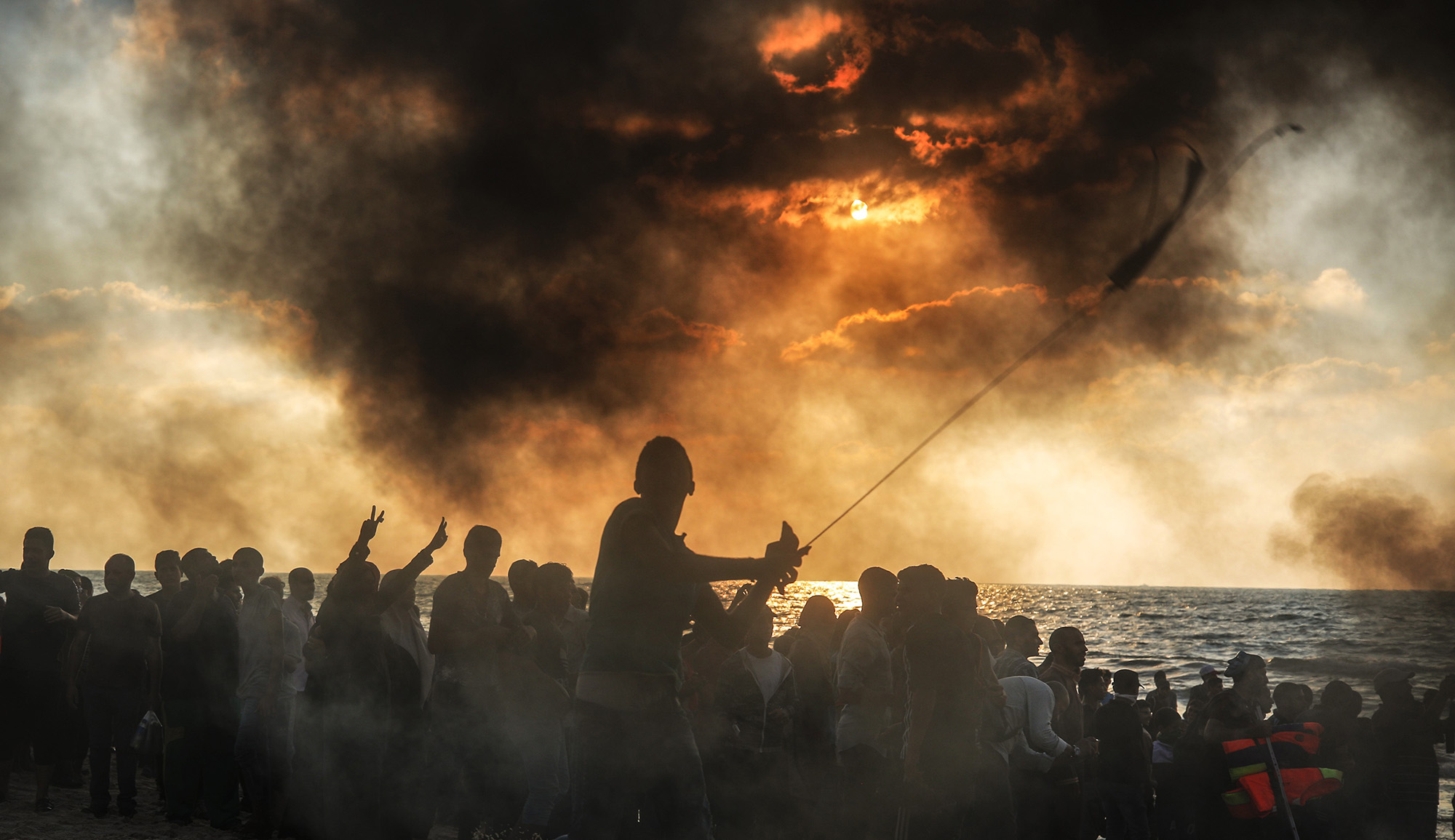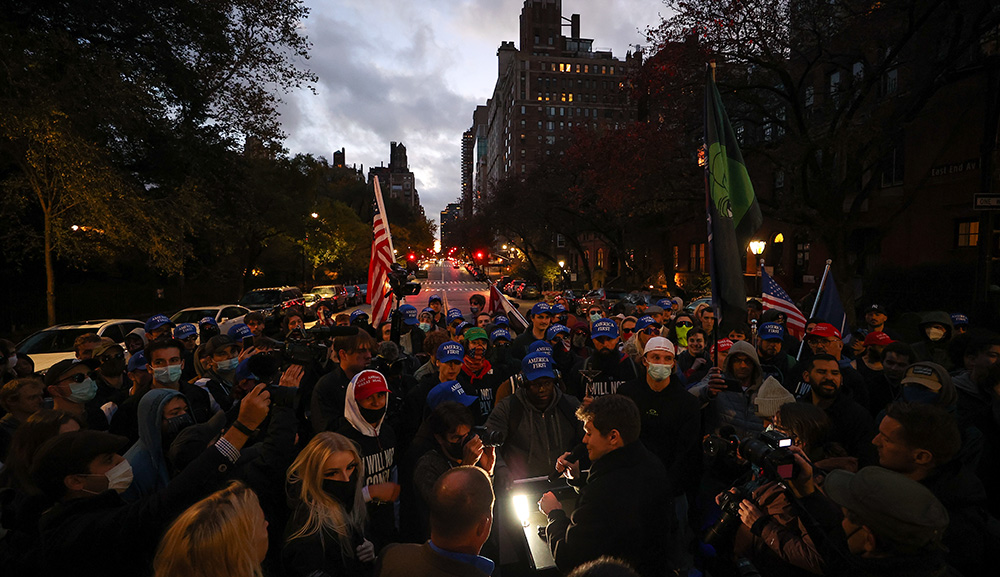The United Church of Christ (UCC) is about to hold its General Synod, where its leaders will consider no fewer than three resolutions condemning Israel and endorsing BDS. Jonathan Marks looks into the sources informing these resolutions:
[A]s the Presbyterian Church (USA) has its Israel-Palestine Mission Network driving its anti-Israel activities, so the UCC has its Palestine/Israel Network, and its page is, or should be, an embarrassment to everyone involved in the UCC. Consider what the Network considers a trustworthy source on the Israeli-Palestinian conflict. We get, among other things, an article from Countercurrents on “How U.S. Tax Breaks Fund Israeli Settlers.” Countercurrents has also published the authoritative “Why the World Should Not Be Controlled by the Zionist Jews,” which begins: “the geopolitical situation demands that the world must confront Jews, particularly the ones who hold absolute sway over arms sale [sic], media, and the Zionists.” . . .
The site also links not once, not twice, but three times, to Counterpunch, a journal with its own issues with anti-Semitism. Although the divestment resolutions both refer to the UCC’s 2001 resolution confessing to the sin of anti-Semitism and denouncing it, the . . . primary movers [of divestment] appear not to have let that affect their reading habits. . . .
The gang that produced this helpful guide to educating oneself on the [Israel-Palestinian] conflict is the gang that has been engaged in educating the UCC on the issue. I’d like to say that the Church will notice the stench. But as the Presbyterian Church showed, many mainline Protestant leaders do not have strong senses of smell when it comes to anti-Semitism.
More about: Anti-Semitism, BDS, Israel & Zionism, Jewish-Christian relations, Protestantism


